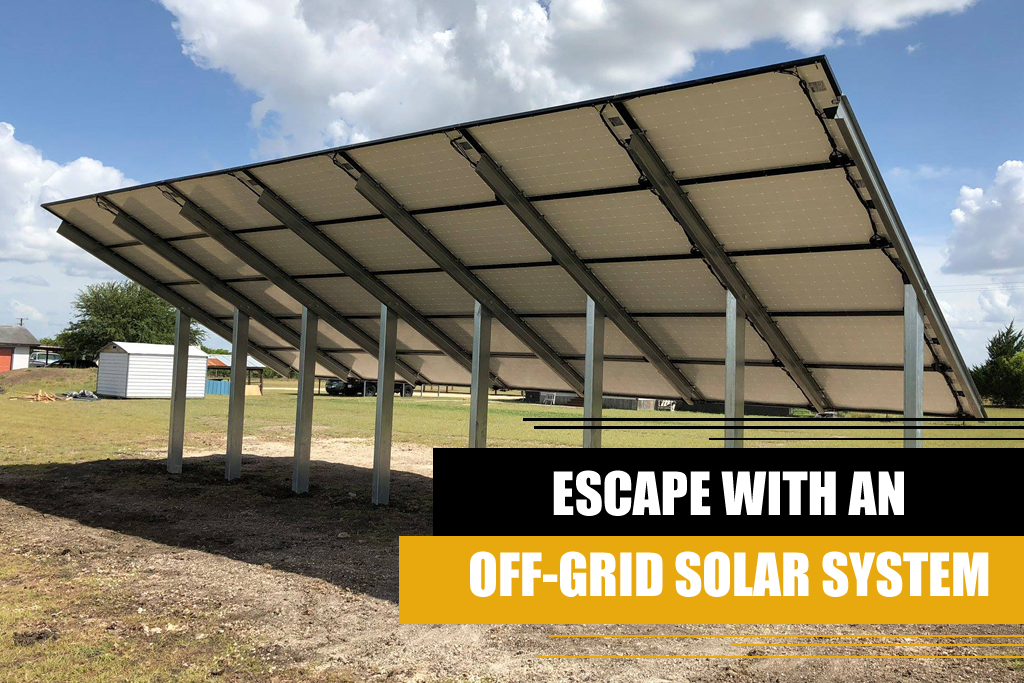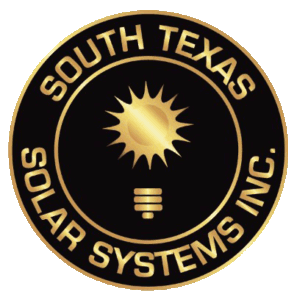
Some may agree that due to the displacement of an economic downturn is the reason our cost of living may be rising.
While some homeowners are setting up shop at home with an off-grid solar system, others are settling into the new ownership of energy with residential solar panels.
Either way, solar power is helping consumers save money and benefit from it.
Take a look at an off-grid solar system and what it can do.
Did you know an off grid solar system can grant your usage to become 100 percent offset? Not only will you be off-grid, but will no longer be tied to a utility provider; unless you had a gas fee owed.
Looking at all the options to go solar is good too.
Most homeowners choose residential solar panels and have them installed on their rooftop. Some homeowners prefer a ground mount solar system, which does not get installed on the roof and can be designed as an off-grid solar system too.
No matter what type of solar system you seek, whether it be an off-grid solar system or not, it’s smart to know what your rebates are in the area and incentives. You can include those in both designs.
There is only five months left for homeowners or business owners to receive up to a 26 percent tax credit from the Federal Government this year when switching to solar power.
The amount calculates to about $5,069, which most consumers apply to their total cost of system. This incentive saves you a large amount of money and puts you one step closer to having no payments.
There is good news you still have time to apply for the tax credit and speak with your financial advisor on the process. The bad news could be that this incentive will go down after 2020, and go away after 2022.
According to a recent article on Solar Power World, the H.R.2 Act, also know as the “Moving Forward Act”, should be voted on before July 4.
“Many solar and storage provisions are included in the bill, including:
- 5-year extension of Sec. 48 and 25D of the Investment Tax Credit (ITC) at 30% through 2025, followed by a two-year phase-down (2026 at 26% and 2027 at 22%)
- Direct pay proposal at 85% for section 48 qualifying projects for the same amount of time as the PTC/ITC credits exist
- Storage ITC
- Proposals to incentivize investment in clean energy for low income and underserved communities
- Tax credits for clean energy manufacturing
- Grid modernization provisions
- Funds for transmission planning with a requirement to account for renewable energy generation
- Grant program for solar installation in low-income and underserved communities
- Funds for renewable energy installation in community institutions, such as schools
- Improvements to public lands renewable energy development programs
The above information was provided by industry advocacy group Solar Energy Industries Association,” according to Solar Power World.
